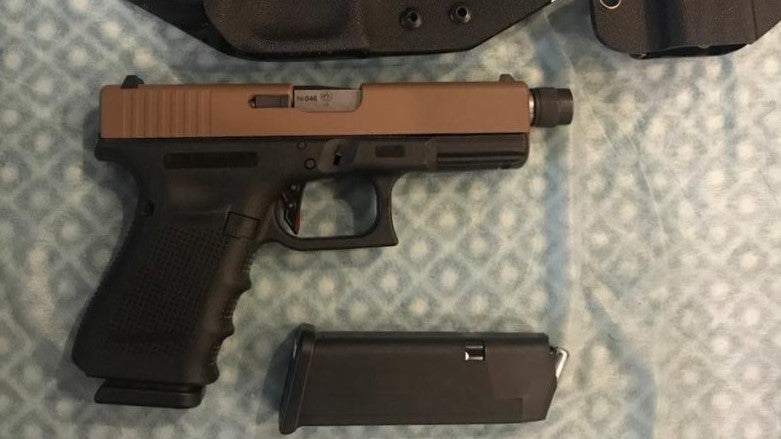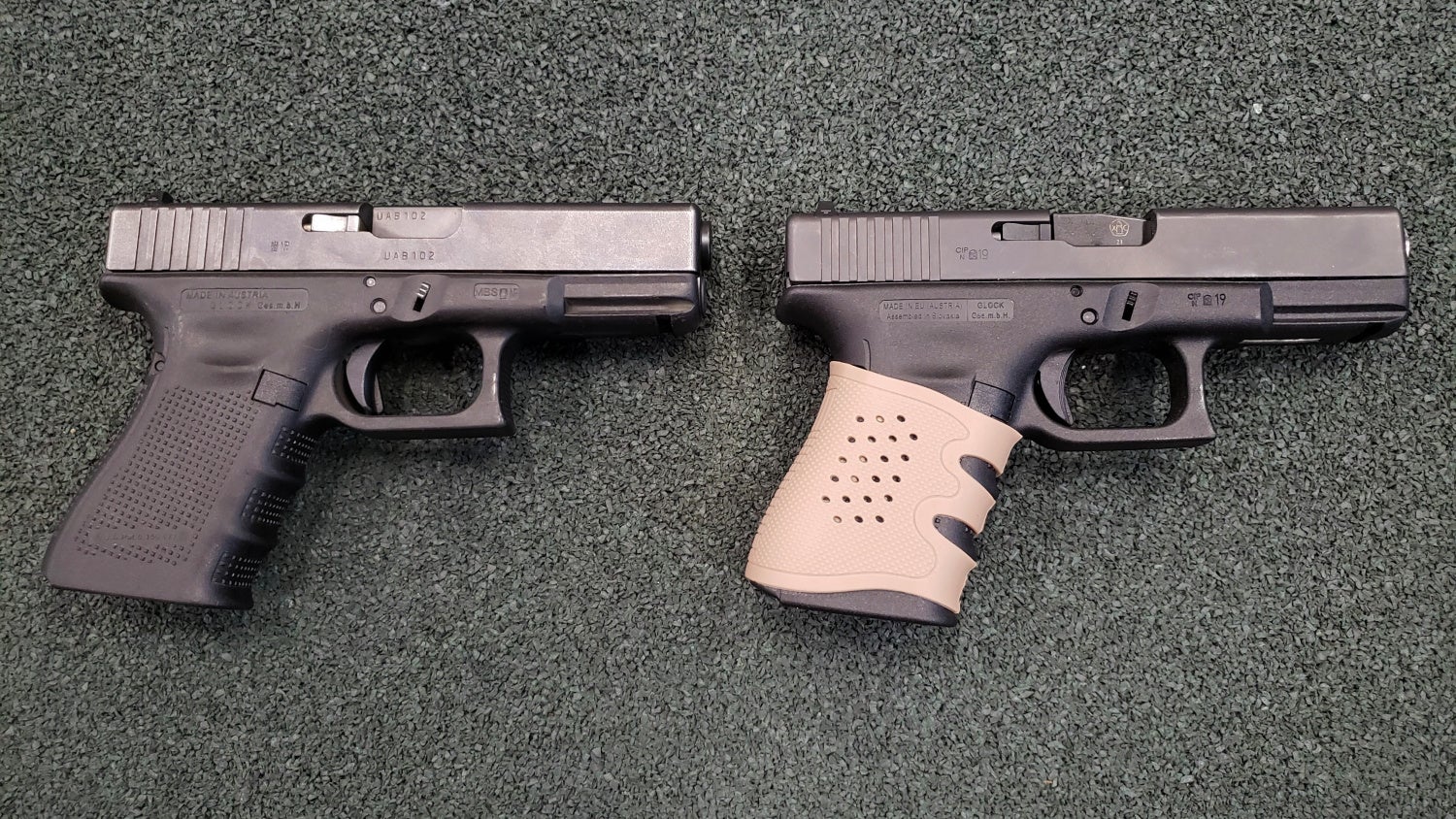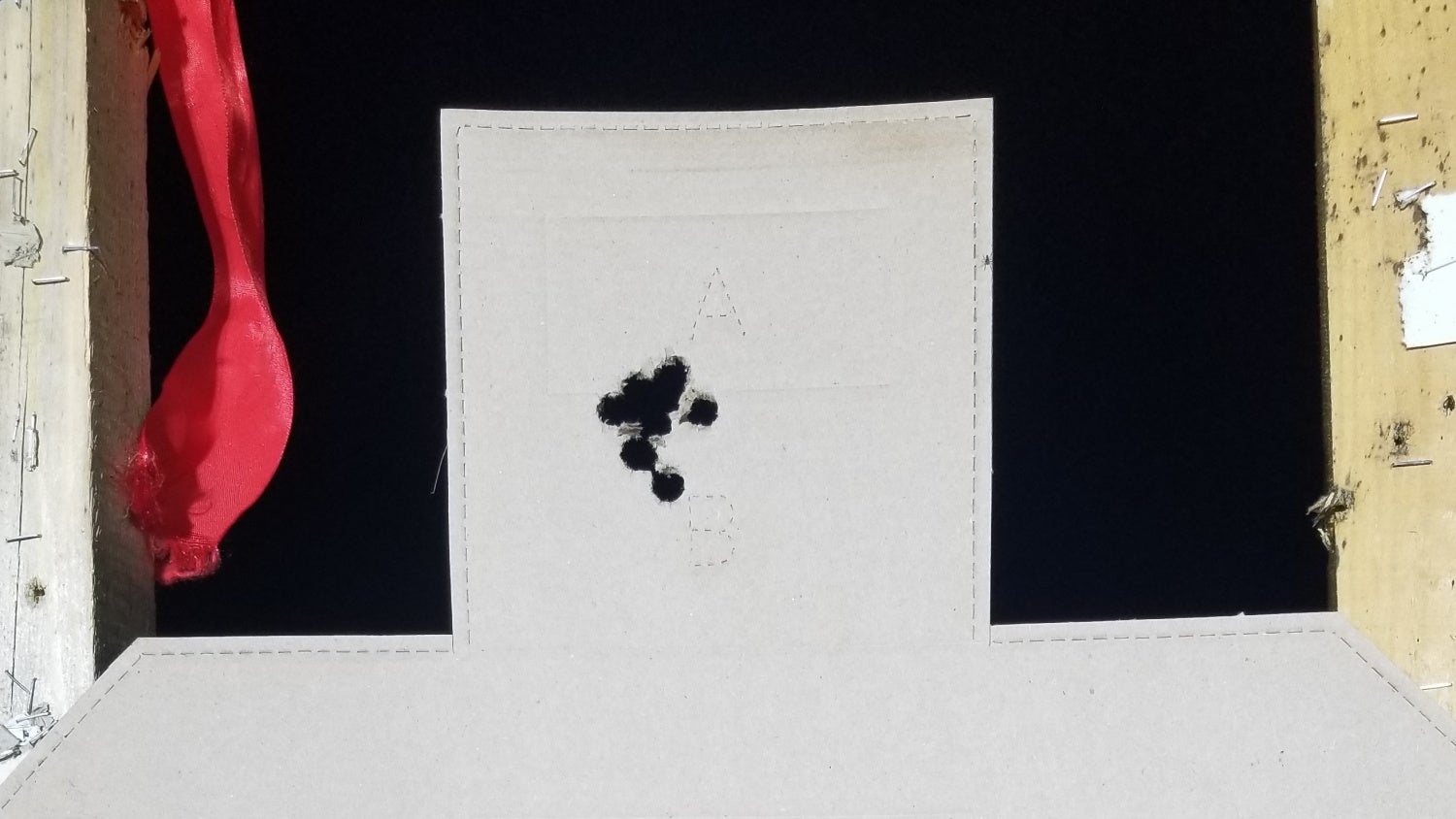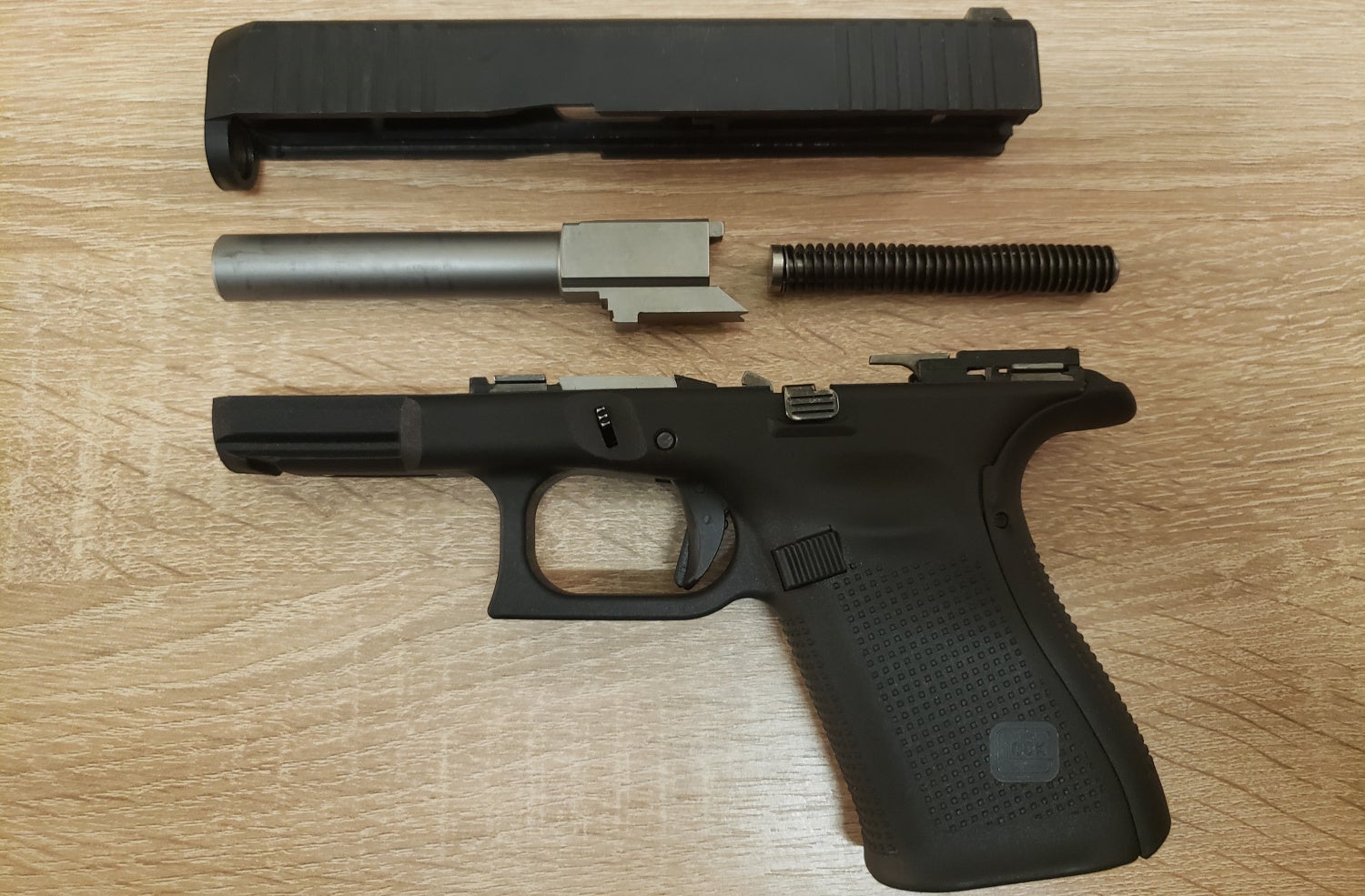While in the US and Europe, Glocks are often considered to be reasonably priced workhorses, in some other countries, having a Glock is a luxury and a sign of wealth and opulence. For example, in certain parts of Iraq, a Gen 5 Glock 19 retails for around $4000, but even that is not the most expensive offering in the world. Meet Glock-T, a Russian-made Glock derivative that currently retails for $5000.
Glock Pistols @ TFB:
- Glock G17 Gen5 FR Coyote – Civilian Version of French Contract Pistol for European Market
- POTD: Polish Sharpshooters with Glocks
- German State Police Adopt NEW Glock 46
- Russian Robot Dual Wielding Glock Pistols
The reason it is so expensive is quite common – odd gun laws. In Russia, average civilians are not allowed to buy, keep and carry handguns. There is an exception called “award weapons” for politicians, state officials, and other people who are more equal than others, but that is another story.
For average citizens, if they want to carry a handgun, there is only one option – so-called “traumatic” (less lethal) weapons. Those firearms were specifically designed for the Russian market, they are chambered in proprietary calibers like 9х22,10X28, 11×22, and 45 Rubber.

Apart from Russia, Vietnam seems to be the only country developing and producing “traumatic” handguns
Those rounds have very poor internal and external ballistics and generally are ineffective. The pistols are also quite unimpressive – numerous Turkish-made handguns and “traumatic” versions of classic Soviet Tokarev and Makarov, that are very collectible, but have low magazine capacity.
In this environment, people started despising “traumatic” pistols, calling them “rubbershooters” or “condomspitters”, referring to the fact that the actual projectile is made out of rubber. Many thought that the entire market for “traumatic” pistols is slowly dying and that nothing can shake things up and get people excited.
That was true until a small private company called MZVO and weapon design engineer Dmitry Chuchaev put together two simple ideas: 1) everyone wants a Glock 2) to keep R&D and production timeline reasonable, that Glock should use as many standard parts as possible.

The first version of Glock-T pistol, photo by https://instagram.com/alex_shoot_gun
There was one major challenge – the locking system of the Glock pistol wouldn’t work with low-powered “traumatic” ammunition. To deal with that, Dmitry Chuchaev designed a new barrel with a different locking mechanism that is compatible with standard Glock components and works reliably with extremely low-powered ammo.
The solution is similar to Glock 25, chambered in .380 ACP, which is very popular in Mexico. But even the most powerful “traumatic” ammunition, 10×28, is about three times less powerful than .380 ACP.
 Left – standard Gen 4 Glock 19, right – the second version of Glock-T
Left – standard Gen 4 Glock 19, right – the second version of Glock-T
The new barrel for Glock-T also had to comply with numerous restrictions imposed by Russian laws: no rifling, no compatibility with any “real” ammo. Those restrictions are the main reason most “traumatic” pistols are extremely inaccurate, to the point that some pistols literally can’t hit a broad side of the barn.
I had a chance to test several Glock-T pistols on a few occasions, and the accuracy is quite impressive compared to other less-lethal pistols available in Russia.
At 5-7 yards it seems to be identical to my accuracy with a 9mm Glock, I just shoot through the same big hole. At greater distances (10-15 meters), you can still get all your shots in an 8-inch (20 cm) zone on the IDPA target. Not great, not terrible, especially if it is the only weapon you can legally carry. And it takes Glock mags, which seems to be the most important feature for any firearm these days.

A group of 10 shots fired out of the Glock-T by the author at 6 yards
Unfortunately, the importation process for parts, as well as R&D and production, tends to be costly in Russia, so the retail price for Glock-T is around $5000 dollars. But, for most gun owners, it is the only chance to have something that resembles a real Glock.
After Dmitry and his team began production of new barrels, they thought about another application for this design – Simunition handguns, designed for force-on-force training.
Simunition rounds have projectiles with paint, which allows you to shoot people in training and see where you’re actually hitting them. Just like “traumatic” weapons, Simunition rounds are extremely low-powered, which often negatively affects reliability.

Prototype of the Glock Simunition pistol designed by Dmitry Chuchaev
At the moment, Dmitry’s Simunition handguns are still in the testing phase, my trigger time with them was limited, but in my brief experience, they functioned reliably. That being said, I never had a problem with original Simunition handguns when we used them in training.
They say necessity is the mother of invention. Unfortunately, in 21 century, the necessity for firearms design engineers is often created not by market demand or actual need for innovation, but by ridiculous gun laws that handicap weapons performance.
California complaint rifles, arms braces, bump stocks, AR “pistols”, 80% receivers… Less lethal Glock is more or less the same thing, just taken to a whole other level. And at the end of the day, let’s remember that it is up to us to decide how far those gun laws are going to take the industry.
The author would like to thank https://instagram.com/alex_shoot_gun for the featured picture of the article.
 Your Privacy Choices
Your Privacy Choices
